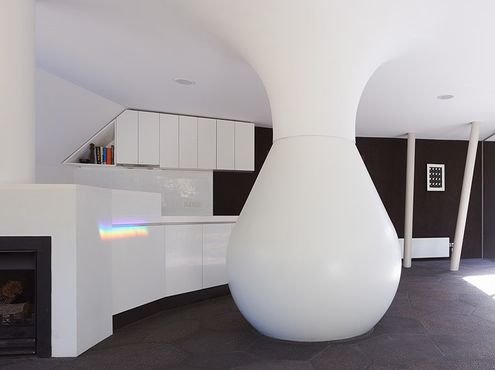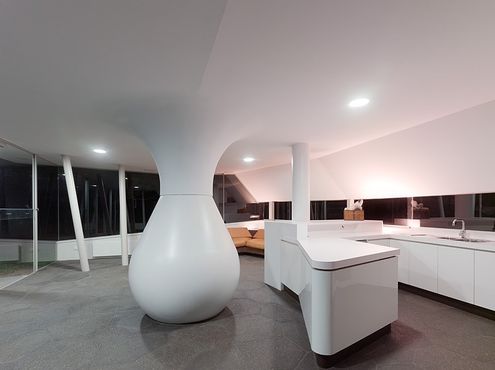Thermal Mass
Explore our collection of Thermal Mass
featured on Lunchbox Architect.
Keeping your home warmer in winter and cooler in summer, thermal mass, like water, concrete and brick, (when used in conjunction with passive solar design) is a secret weapon against thermal discomfort (and expensive heating and cooling bills).
Have you ever stepped on or touched concrete after the sun has set to find it's still toasty warm? That's because concrete is great thermal mass — it absorbs and then holds heat for a long time. Materials with high thermal mass (like concrete, brick and even water) are like a thermal bank account. When times are good and the sun is shining they'll absorb the heat energy. Then, when that heat disappears (when it's cloudy or the sun has set) they'll slowly release that heat back into the atmosphere. When used in a home, this helps to moderate the temperature between the day and night.
The reverse is also true, if you cool down concrete or any other material high in thermal mass, it will stay cool for a long time, radiating that 'coolth' back into atmosphere.
When used correctly, thermal mass is a great way to store the sun's energy to keep the house warmer at night or when it clouds over. In summer (or tropical climates), the thermal mass can be used to keep the home cooler.
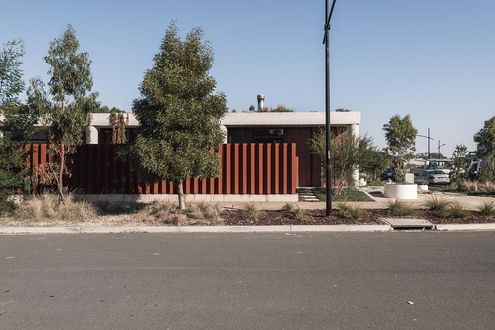
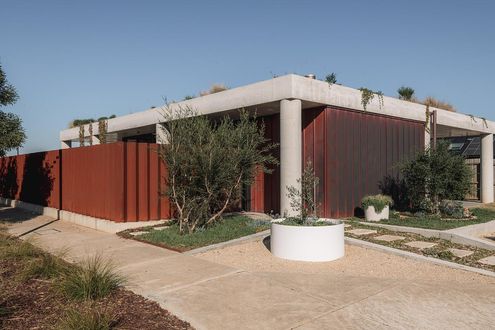
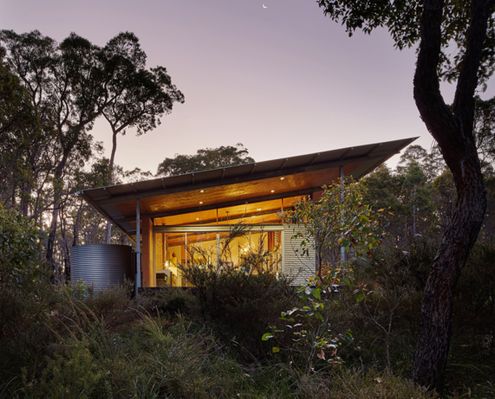
These homes are off the grid. They produce power, collect rainwater and treat their own waste - saving money and the planet at once.
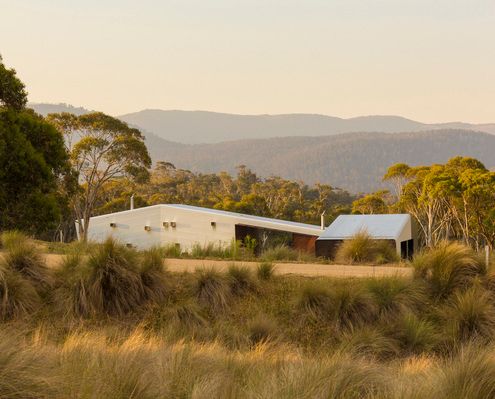
This modern farmhouse combines a manager's residence, stable and self contained two-bedroom apartment in finely detailed modern sheds.

